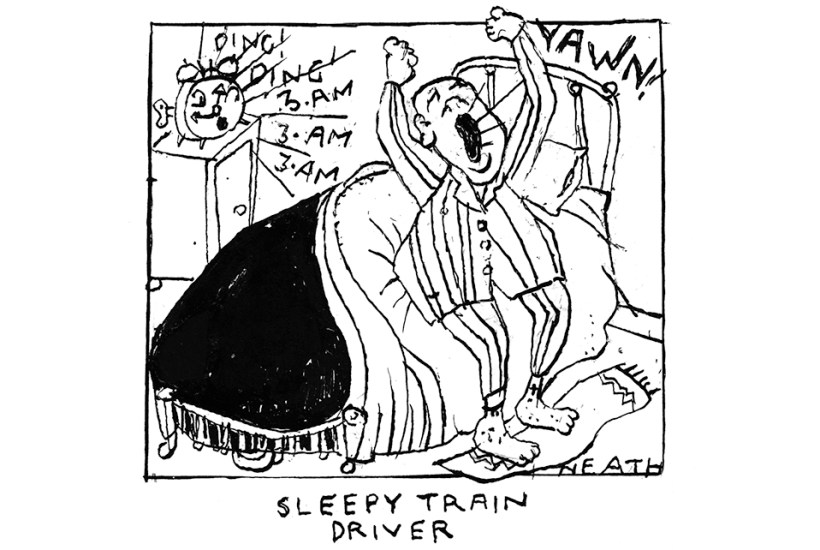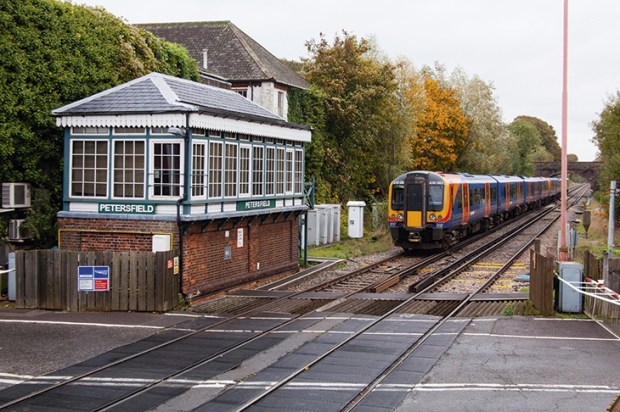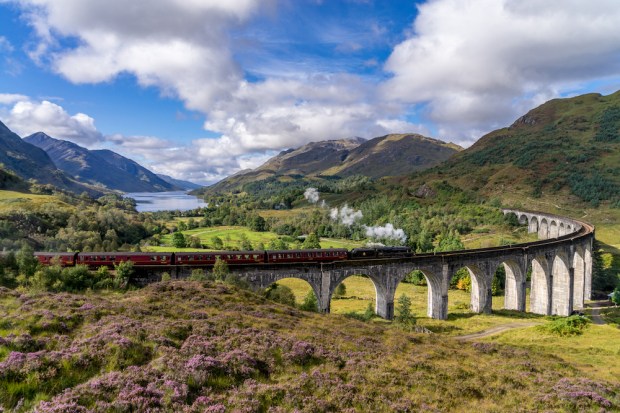It’s a fabulous combination: travelling by train and sleeping. And the good news is that the concept of sleeper trains is being revived. The bad news is that, like trams and trolleybuses, a wonderful form of travel was allowed to decline in the first place.
The first sleeper carriages – as opposed to trains you happened to fall asleep on – were introduced in the US in the late 1830s, but these provided little more than hard wooden benches. It was George Pullman who built the first luxury sleeper coaches when he founded his eponymous company in 1867. America, with its vast expanses and a newly opened transcontinental line, was fertile territory, and Pullman coaches were soon being attached to long-distance trains. They were staffed by black attendants who, bizarrely, were all instructed to say their name was George.
In Europe, the Compagnie Internationale des Wagons-Lits built up a large network of overnight services in the final quarter of the 19th century, with famous names such as Orient Express. In the UK, sleeper services were similarly established, mostly running between London and places as diverse as Milford Haven. Just two survive: the Night Riviera linking Paddington with Cornwall; and the Caledonian Sleeper between Euston and various Scottish destinations, which has just been renationalised by the Scottish government.
As a child, I managed to persuade my mother to take the sleeper train down to the Côte d’Azur by making spurious claims of car-sickness. The service started at Calais Maritime, next to the ferry, and after meandering through northern France and around Paris, we would enjoy an onboard meal of consommé and steak frites. Delicious as it was, waking up to a view of the Mediterranean nestled between the red rocks of the Estérel mountains while breakfasting on croissants delivered to the compartment was even better.
Then it was my turn to show my kids the wonders of overnight train travel. The accommodation on the ski train from Paris to the French Alps was pretty basic as the carriages had probably survived the second world war, but there was often an onboard disco which made up for the nasty sandwiches. Fifteen years ago I even managed a trip to Vienna on one of the last services of the Orient Express, which by then had degenerated into a meagre cut-back service with so few passengers that a murder would have been all but impossible.
These services were scrapped by the bosses of SNCF, who saw them as costly anachronisms with no place in an age of low-cost airlines. Happily they are being proved wrong as a renaissance sweeps across Europe, led by a combination of new operators and established state railway companies. Concern about climate change, the high cost of hotels and the hassle of air travel have all contributed to this renewal of long-abandoned routes.
Over the past few years, several revived services have been created by the Austrian railway company ÖBB under the brand NightJet, such as Vienna-Paris, and since October travellers have been able to snuggle up in bed in Stockholm and wake up 500 miles away in Hamburg. In May, a new company, European Sleeper, is starting a Brussels-Berlin service that will be handy for connections for Eurostar from London.
These new services might be a revival of an old concept but there is a difference. While standards had deteriorated, the emphasis now is on providing an upmarket service for business travellers and well-heeled tourists, rather than the backpackers who used to be crammed six to a compartment.
Got something to add? Join the discussion and comment below.
Get 10 issues for just $10
Subscribe to The Spectator Australia today for the next 10 magazine issues, plus full online access, for just $10.
You might disagree with half of it, but you’ll enjoy reading all of it. Try your first month for free, then just $2 a week for the remainder of your first year.














Comments
Don't miss out
Join the conversation with other Spectator Australia readers. Subscribe to leave a comment.
SUBSCRIBEAlready a subscriber? Log in